Discovering the best home red light therapy device can be challenging due to a variety of factors, such as misinformation, lack of knowledge about light therapy, and misunderstanding the benefits of specific wavelengths. This guide highlights common mistakes to avoid when selecting red light therapy solutions for home use, ensuring you make an informed choice.
Understanding Red Light Therapy
Red light therapy, often referred to as "red light," is a treatment that uses low levels of red and near-infrared light to improve various skin conditions and promote overall wellness. Light therapy is thought to work by penetrating the skin with specific wavelengths of light, including red and near-infrared, to stimulate cellular regeneration and reduce inflammation. This non-invasive therapy is gaining popularity for home use, but choosing the right at-home device requires careful consideration.
Common mistakes when choosing a home red light therapy device
1. Ignoring the Wavelengths of Light
A key mistake people make is not understanding the importance of wavelengths. Red light therapy typically involves wavelengths between 630nm and 660nm, while near-infrared light ranges from 800nm to 850nm. Both types of light penetrate the skin differently, offering unique benefits. For instance, 660nm red light is ideal for surface-level skin benefits, such as improved skin elasticity and reducing fine lines and wrinkles, while near-infrared light penetrates deeper, helping to reduce pain and inflammation.
When selecting a red light device, ensure it provides specific wavelengths of light to meet your goals. Devices emitting red and near-infrared light often provide a combination of red and infrared light therapy, maximizing skin benefits and overall wellness.
2. Overlooking FDA Approval
Many buyers neglect to check if their tool is approved by the Food and Drug Administration (FDA). FDA approval ensures that the device meets safety standards and is effective for its intended use. Non-approved devices can pose risks, such as emitting incorrect light wavelengths or insufficient light energy to provide benefits. Always look for FDA-approved light therapy products to ensure safety and efficacy.
3. Confusing Red Light Therapy with Blue-Light Therapy
Another common error is mixing up red light therapy with blue-light therapy. While both are light therapy treatments, they serve different purposes. Blue-light therapy is commonly used to reduce acne by targeting bacteria on the skin. Red light therapy, on the other hand, focuses on skin rejuvenation, pain relief, and reducing inflammation. Choosing the wrong type of device can lead to ineffective results and disappointment.
4. Prioritizing Price Over Quality
While budget is an important consideration, selecting a cheap device at the expense of quality is a mistake. Low-cost devices often lack adequate power, proper wavelength coverage, or durable construction. Investing in a high-quality portable red light therapy device with proven results is crucial for long-term benefits.
It’s best to prioritize effectiveness and durability over a low price to find the best thing for your needs.
5. Choosing the Wrong Type of Device
This solutions come in various forms, including handheld devices, LED light therapy masks, face masks, and light therapy panels. Selecting the wrong type of device for your intended use can lead to subpar results. For example:
- A light therapy panel is suitable for treating large areas of the body, such as the back or legs.
- A LED light therapy mask is ideal for targeting the entire face.
- A handheld device offers precision for smaller areas.
When considering therapy tools, evaluate your specific needs, such as whether you’re treating fine lines, reducing back pain, or addressing skin conditions on your face and body.
6. Misunderstanding the Benefits of Red Light Therapy
Some users have unrealistic expectations about the benefits of red light therapy. While it’s an effective treatment for improving skin elasticity, reducing wrinkles, and relieving pain, it’s not a miracle solution. Consulting a board-certified dermatologist can help set realistic goals for your therapy sessions.
Additionally, red light therapy sessions work best as part of a consistent routine, and results may take weeks to become noticeable.
7. Neglecting Power Output and Light Energy
A device’s power output and light energy levels play a significant role in its effectiveness. Red light therapy solutions with insufficient power may fail to deliver adequate light energy to penetrate the skin. Look for devices with high power output to ensure the therapy is effective, whether you’re targeting specific areas of the body or seeking pain relief.
8. Failing to Understand the Importance of Consistency
Another common mistake is underestimating the importance of regular therapy sessions. While red light therapy is convenient for home use, it’s not a one-time solution. Consistent use of the device, as recommended by the manufacturer or a dermatologist, is essential to achieve optimal results.
9. Not Consulting a Dermatologist
Using a tool without consulting a dermatologist is a frequent mistake. A board-certified dermatologist can help determine whether light therapy is suitable for your specific skin condition, such as acne scars, fine lines, or skin cancer concerns. They can also guide you in selecting therapy products tailored to your needs.
10. Overlooking Portability and Ease of Use
For those seeking convenience, portability is a key factor. A portable solution can make therapy at home much easier, allowing you to integrate it into your routine seamlessly. Devices for home use should also have user-friendly features, such as adjustable settings and timers, to enhance the experience.
Benefits
Light therapy is a treatment that offers numerous advantages, including red light benefits such as improved skin elasticity, reduced wrinkles, and relief from pain. Therapy is used for a variety of skin conditions and areas of the body, such as the face and body, combining red and near-infrared light for optimal results. By choosing the right device, you can enjoy these benefits safely and effectively at home.
How to Find the Best Red Light Therapy Device
1. Research Devices Available
Explore the wide range of devices available, from LED masks to light therapy panels. Look for customer reviews and expert recommendations to find the best solution for your needs.
2. Evaluate Therapy Tools for Home Use
When choosing therapy tools, consider factors such as light energy, wavelength, and ease of use. Devices to ensure effective therapy should combine red light therapy with near-infrared light for comprehensive benefits.
3. Choose FDA-Approved Devices
Prioritize FDA-approved devices to ensure safety and efficacy. The Food and Drug Administration’s approval guarantees the device meets high-quality standards.
4. Understand the Device’s Purpose
Whether you’re looking to reduce pain, improve skin elasticity, or treat a skin condition, choose a device designed for your specific goals. For example, a LED face mask or light therapy panel may be ideal for the whole face or larger areas of the body.
5. Consult a Professional
A board-certified dermatologist can provide personalized advice, helping you select the best device and set realistic expectations for therapy sessions.
Final Thoughts
Choosing the right tool for at-home use requires careful consideration. Avoid common mistakes, such as ignoring wavelengths, prioritizing price over quality, and neglecting dermatologist advice. By researching therapy products and selecting an FDA-approved device, you can enjoy the benefits of red light therapy safely and effectively.
A vacuum skin cleaner is the perfect solution for those who want to keep their skin in perfect condition. With its help, you can easily and effectively take care of your skin, achieving visible results after the first procedures! You can buy this cleaner at a low price in our store.
Key Takeaways:
- Light therapy is a treatment that offers numerous benefits for skin and overall wellness.
- Understand the importance of specific wavelengths of light, including red and near-infrared light, for optimal results.
- Always consult a board-certified dermatologist before using red light therapy for a skin condition or pain relief.
- Look for FDA-approved therapy tools to ensure safety and efficacy.
- Choose the right type of device for your needs, such as a LED light therapy mask for your face or a light therapy panel for larger areas.
- Consistency is key when using red light therapy at home.
- Avoid confusing red light therapy with blue-light therapy, as they serve different purposes.
- Invest in high-quality devices with adequate light energy and power output.
With the right approach, you can find the best thing for your home, helping you achieve your wellness and skincare goals.

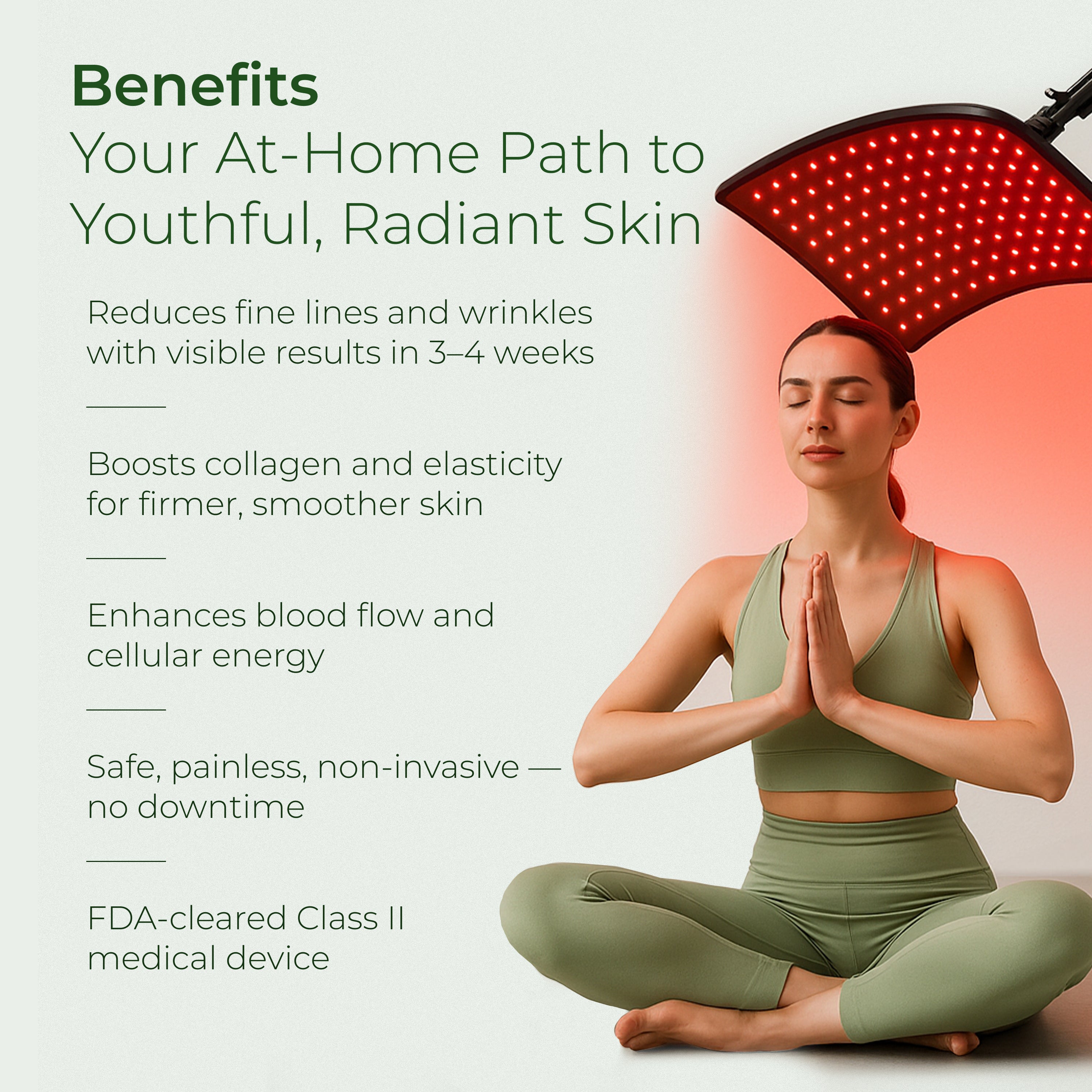
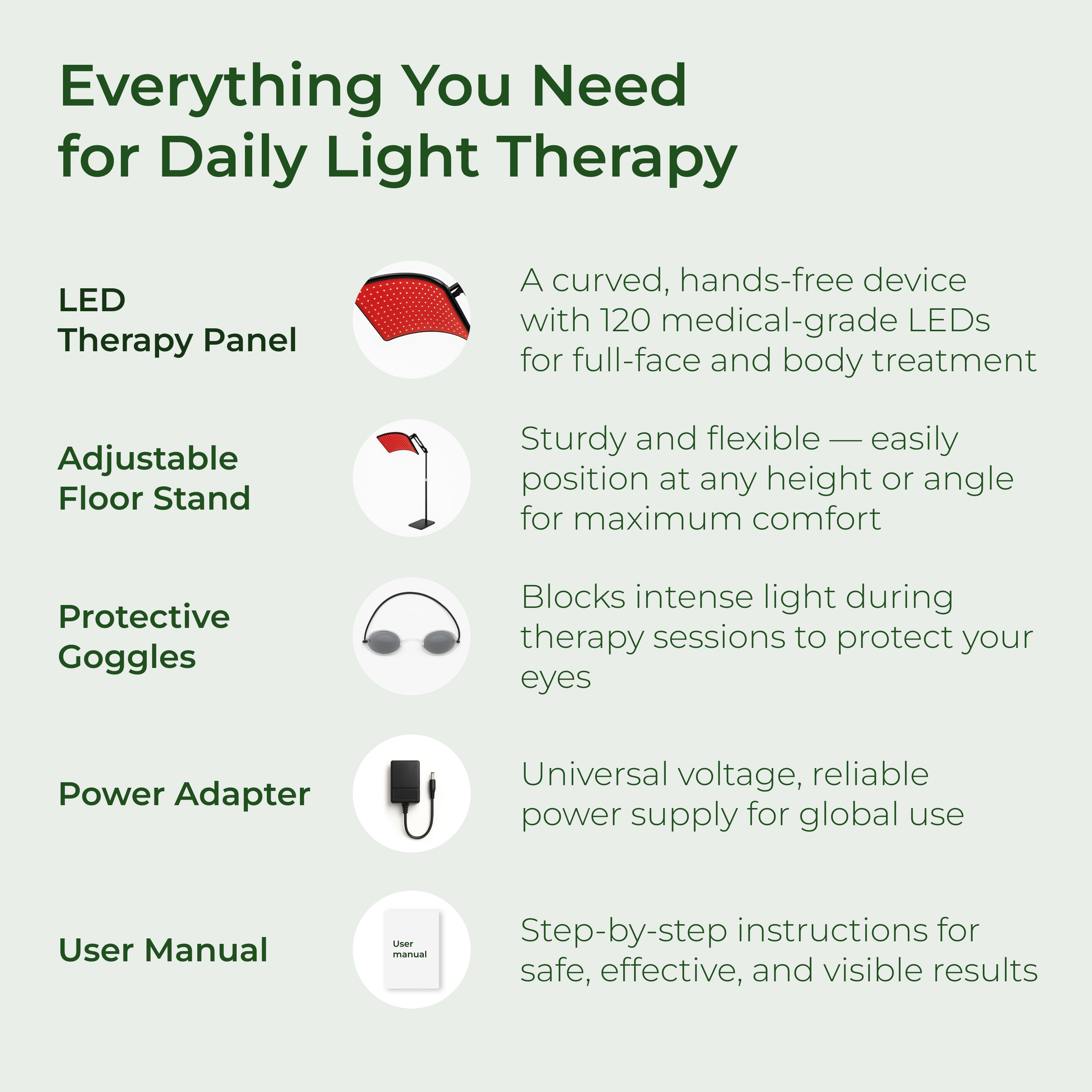
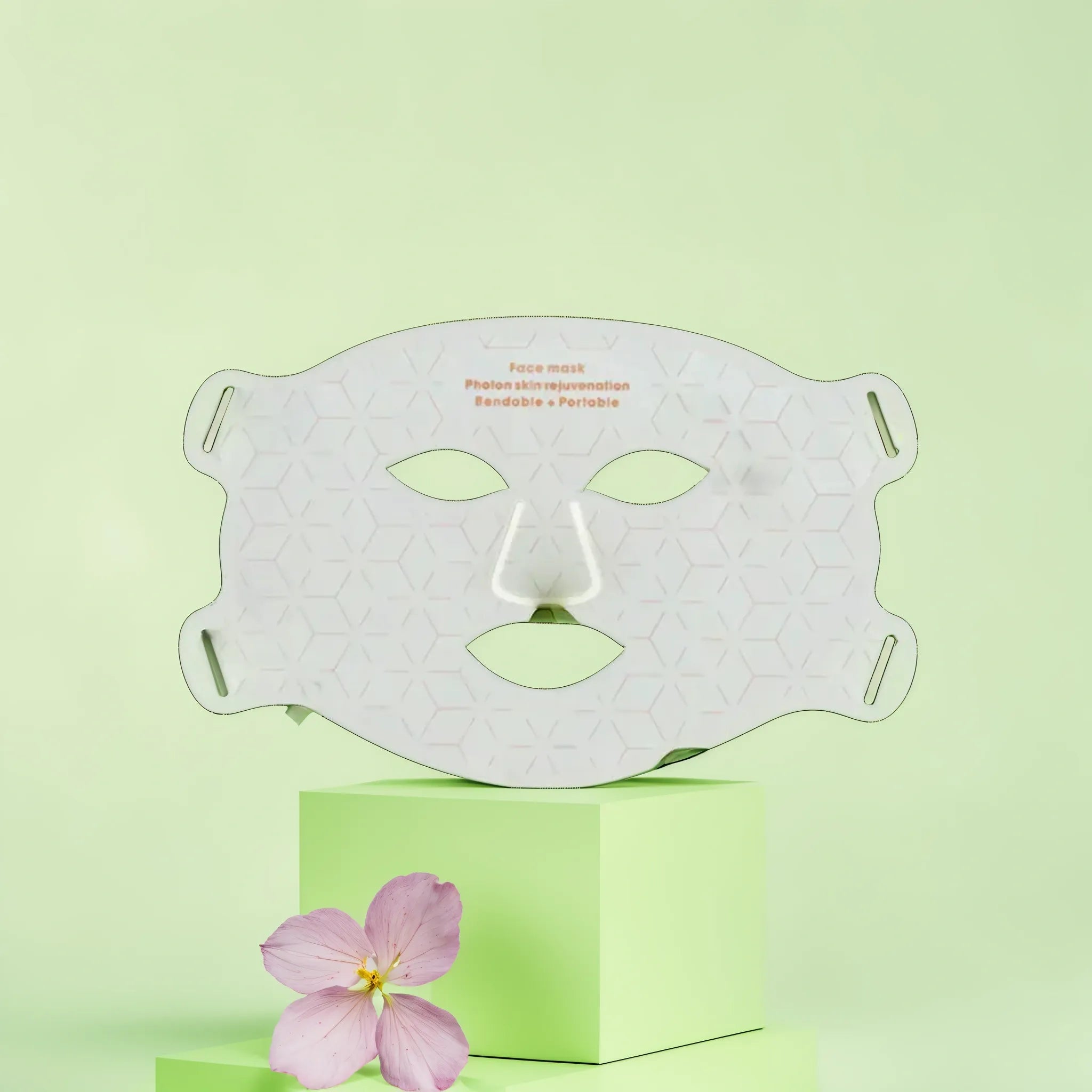
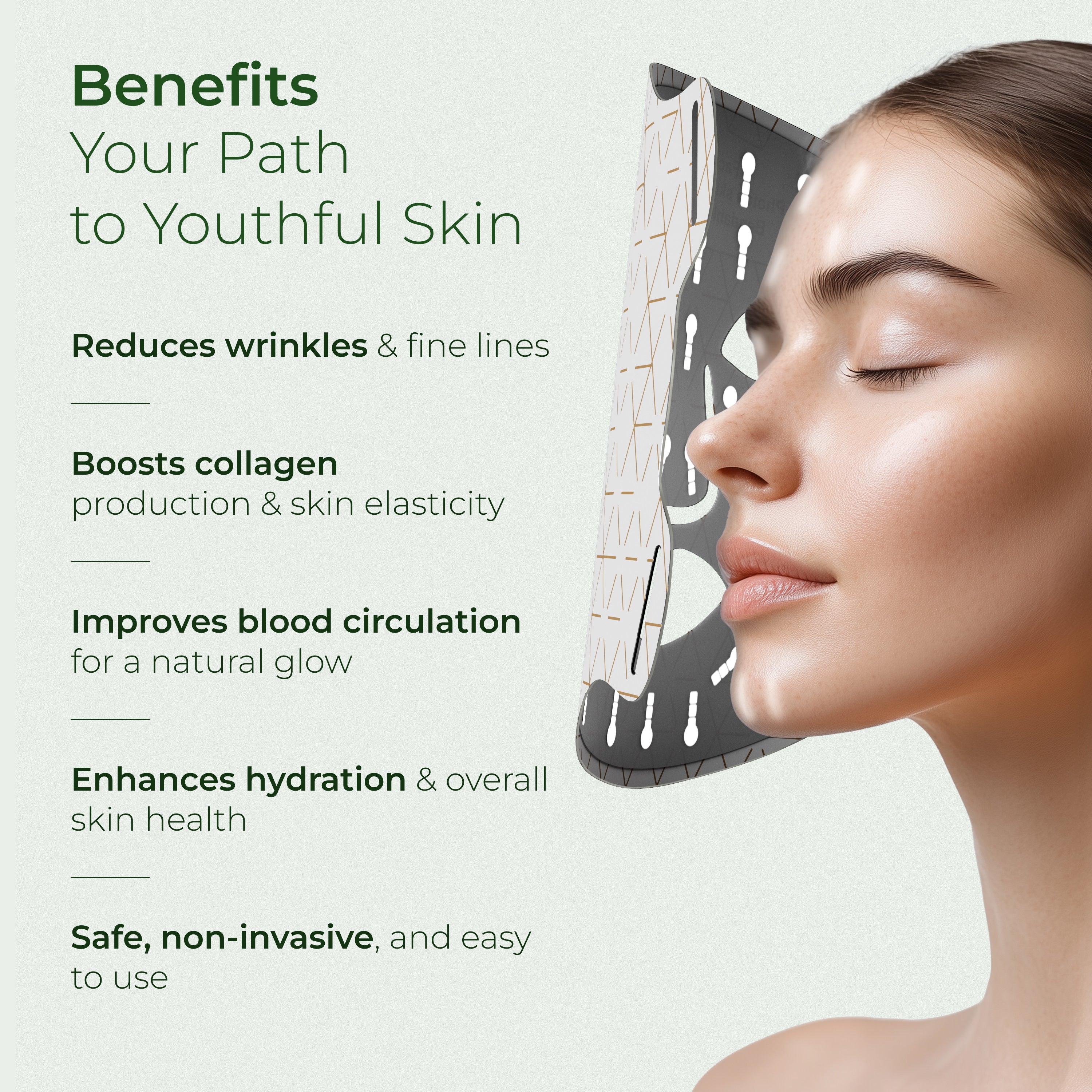
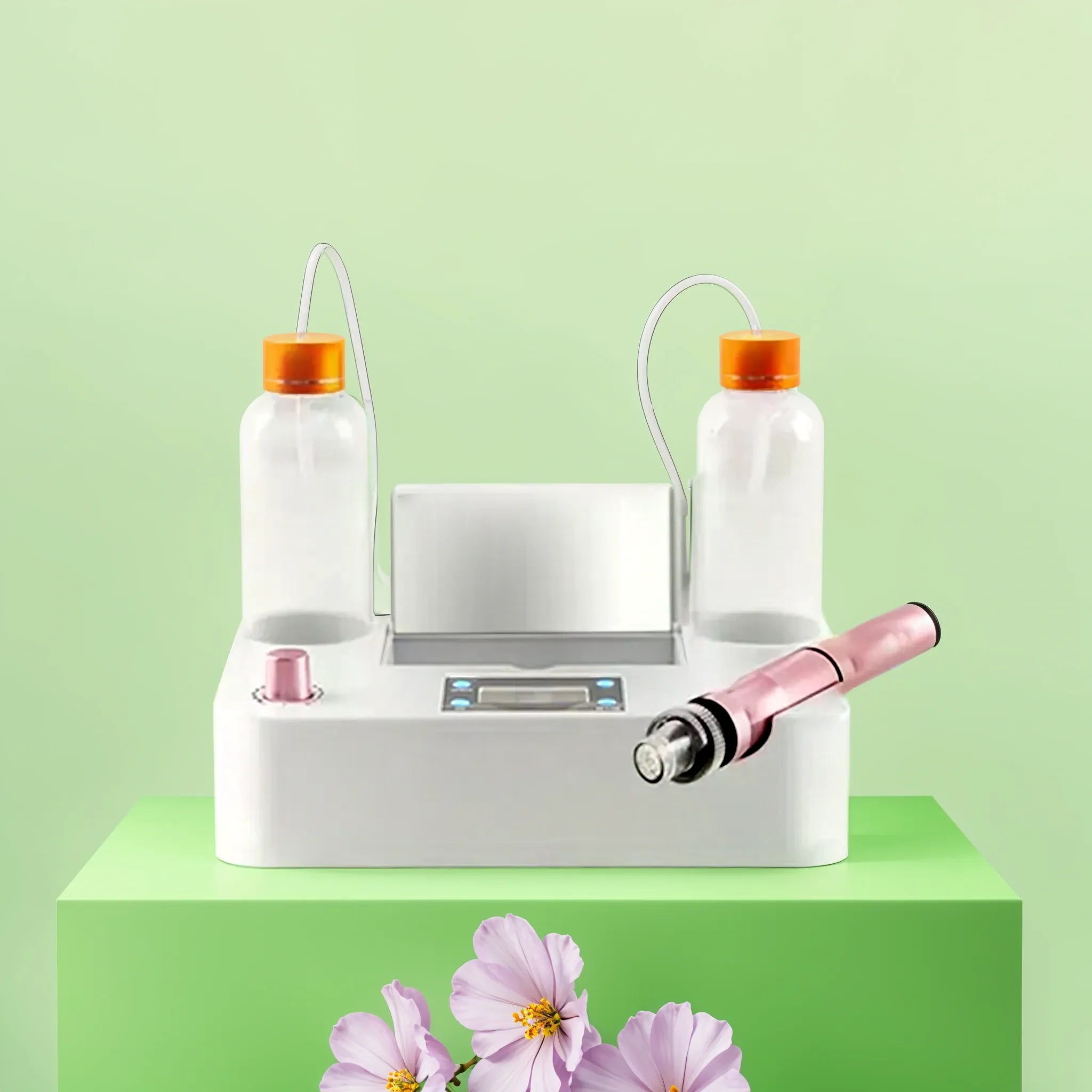
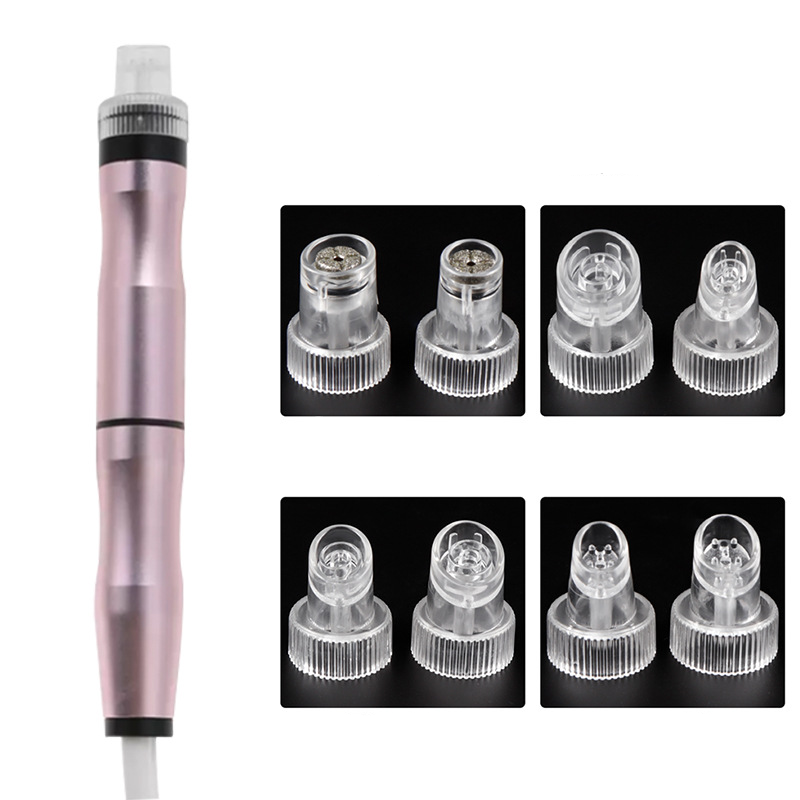
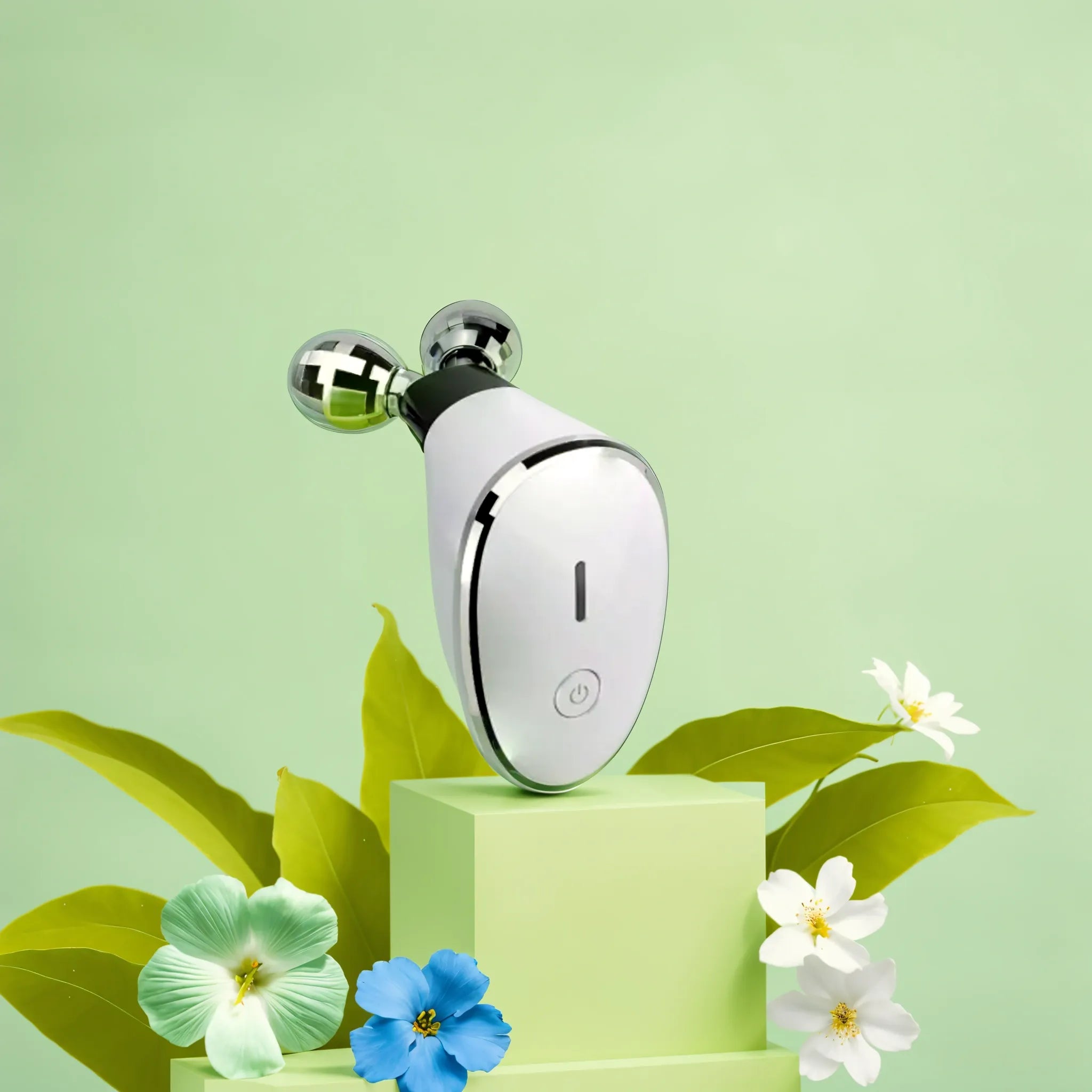
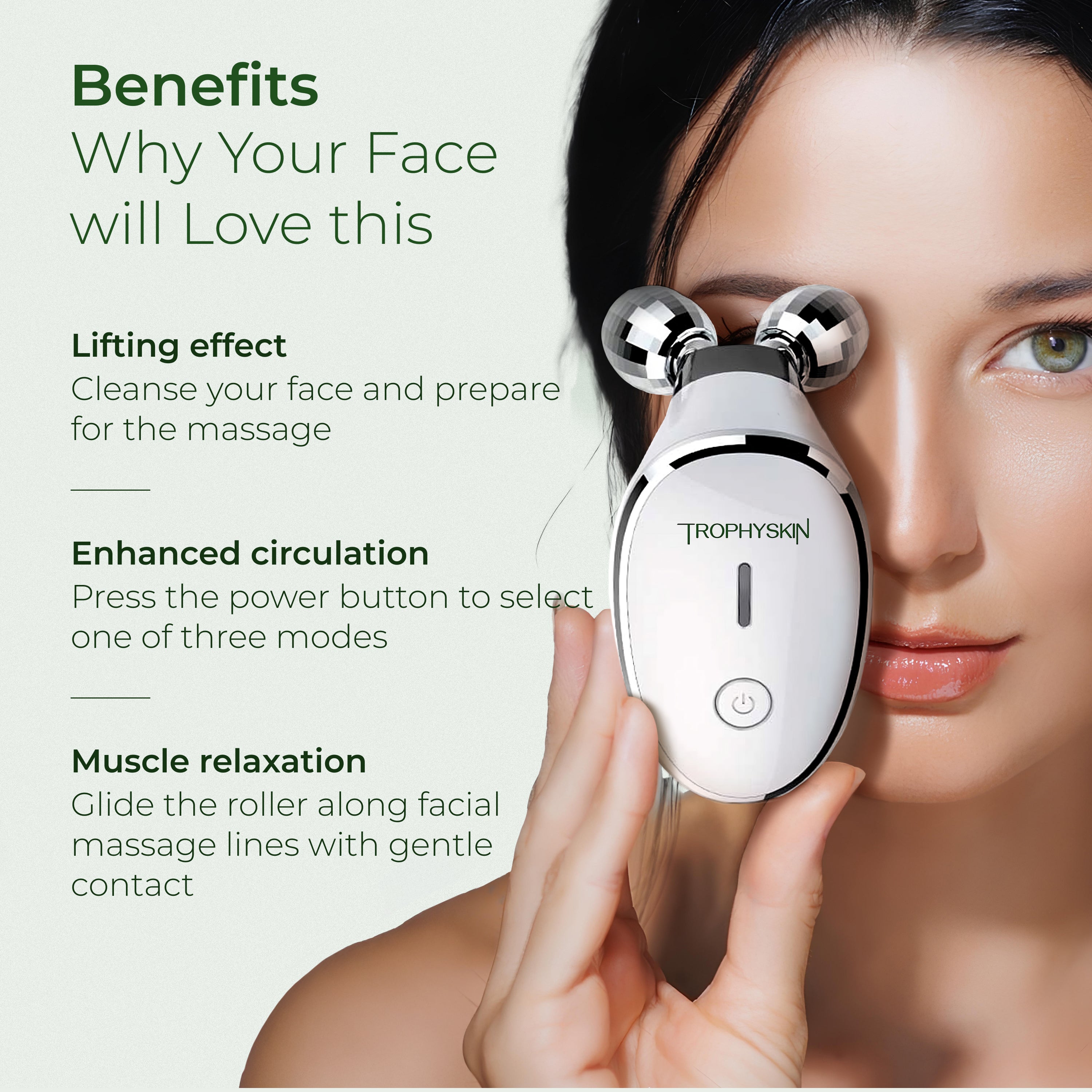


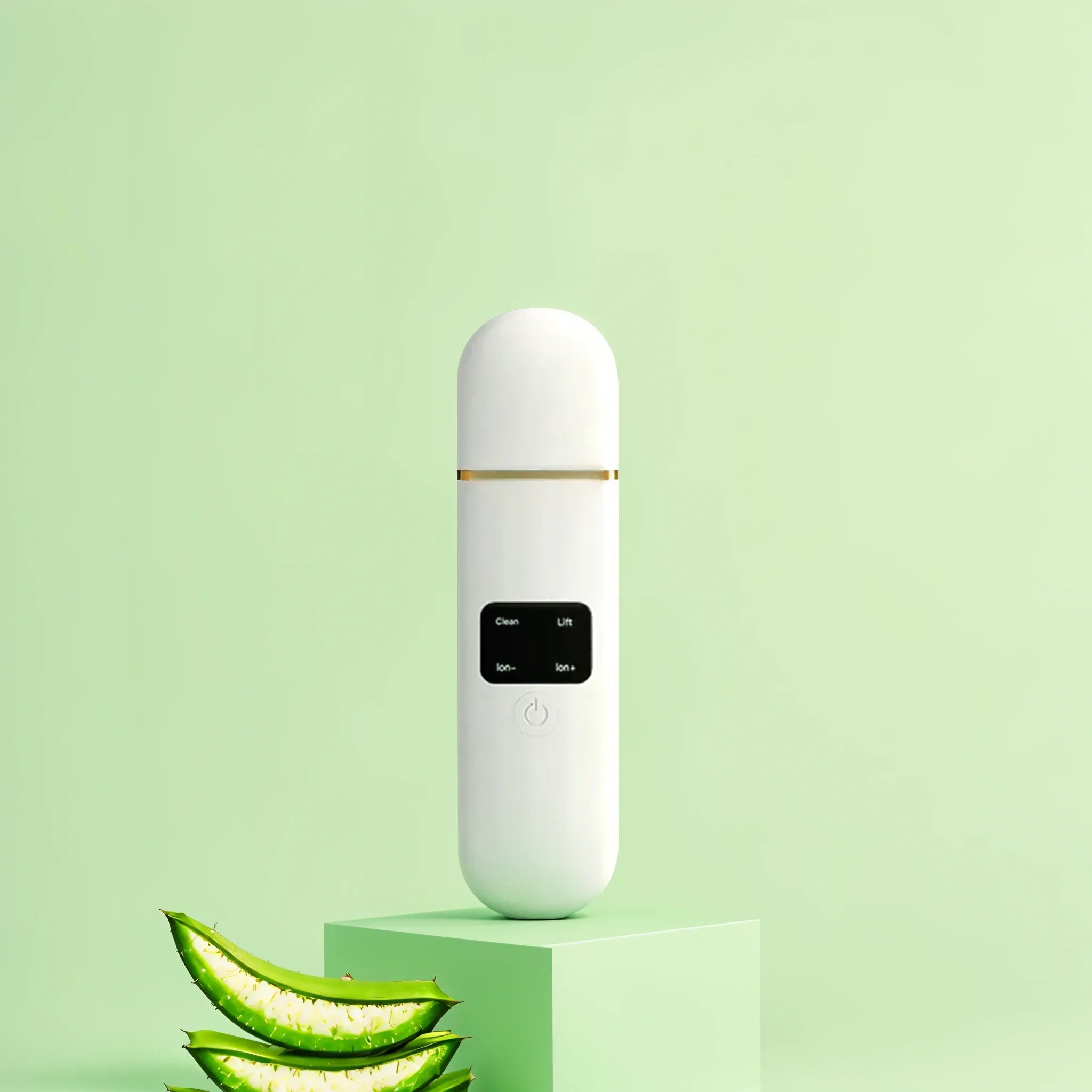
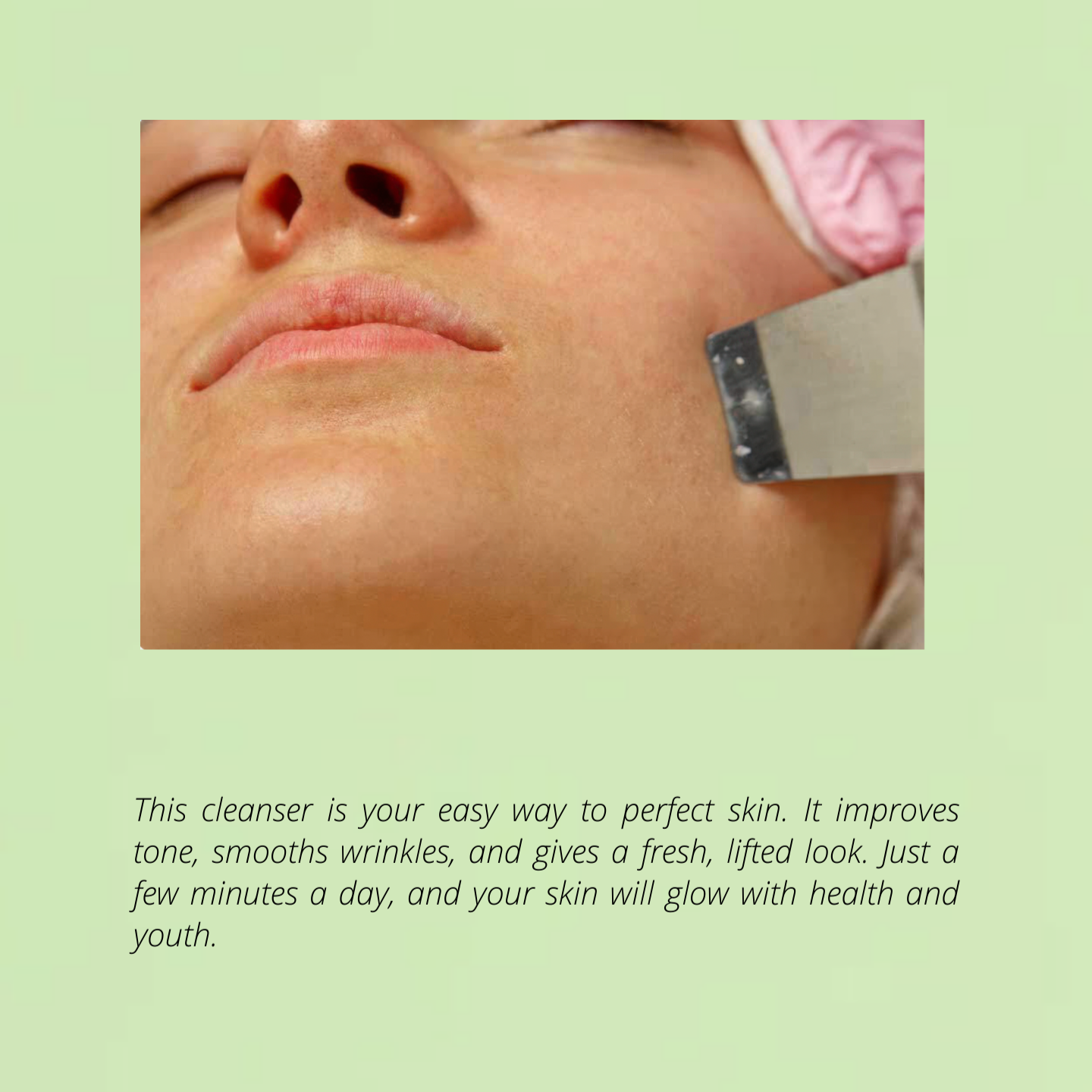

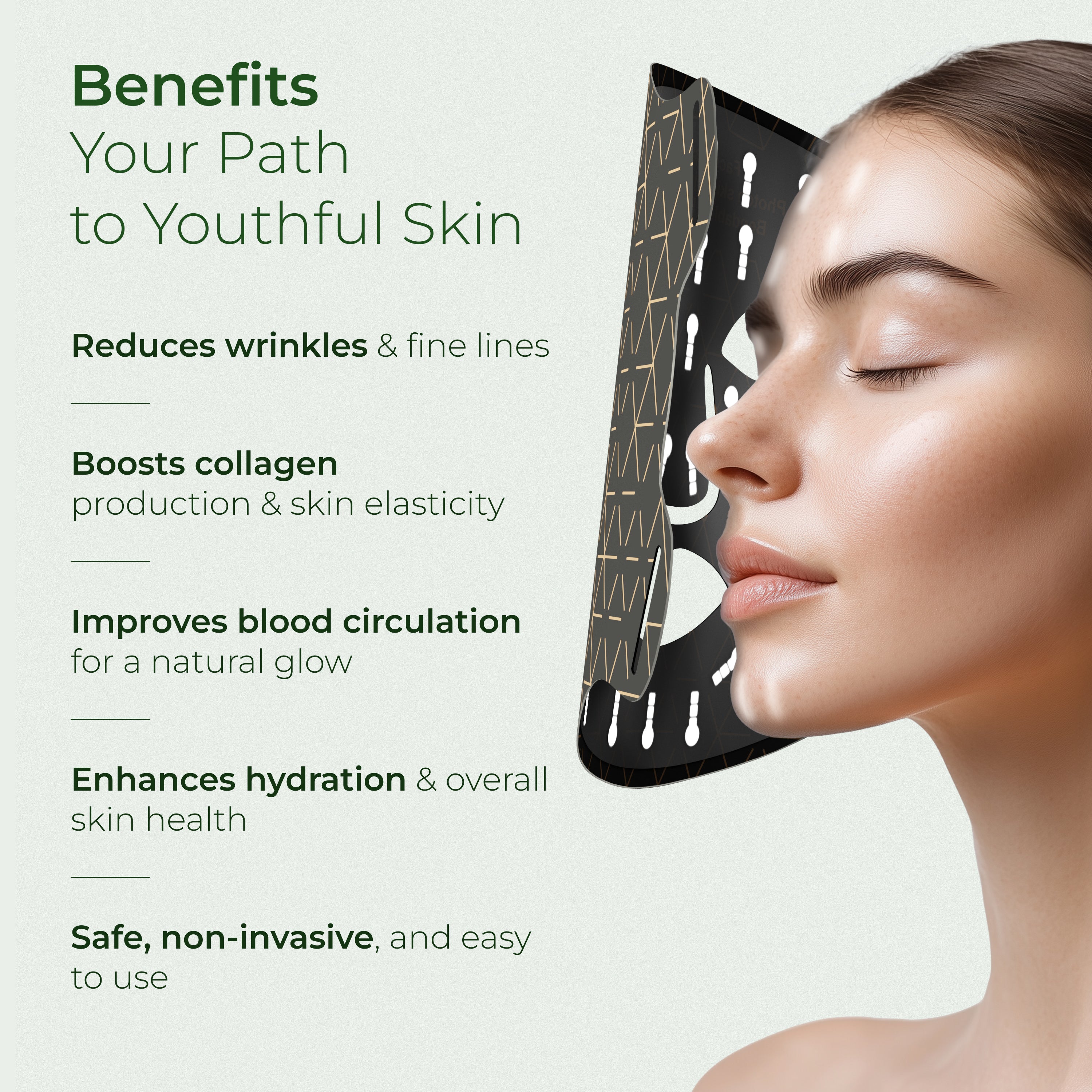
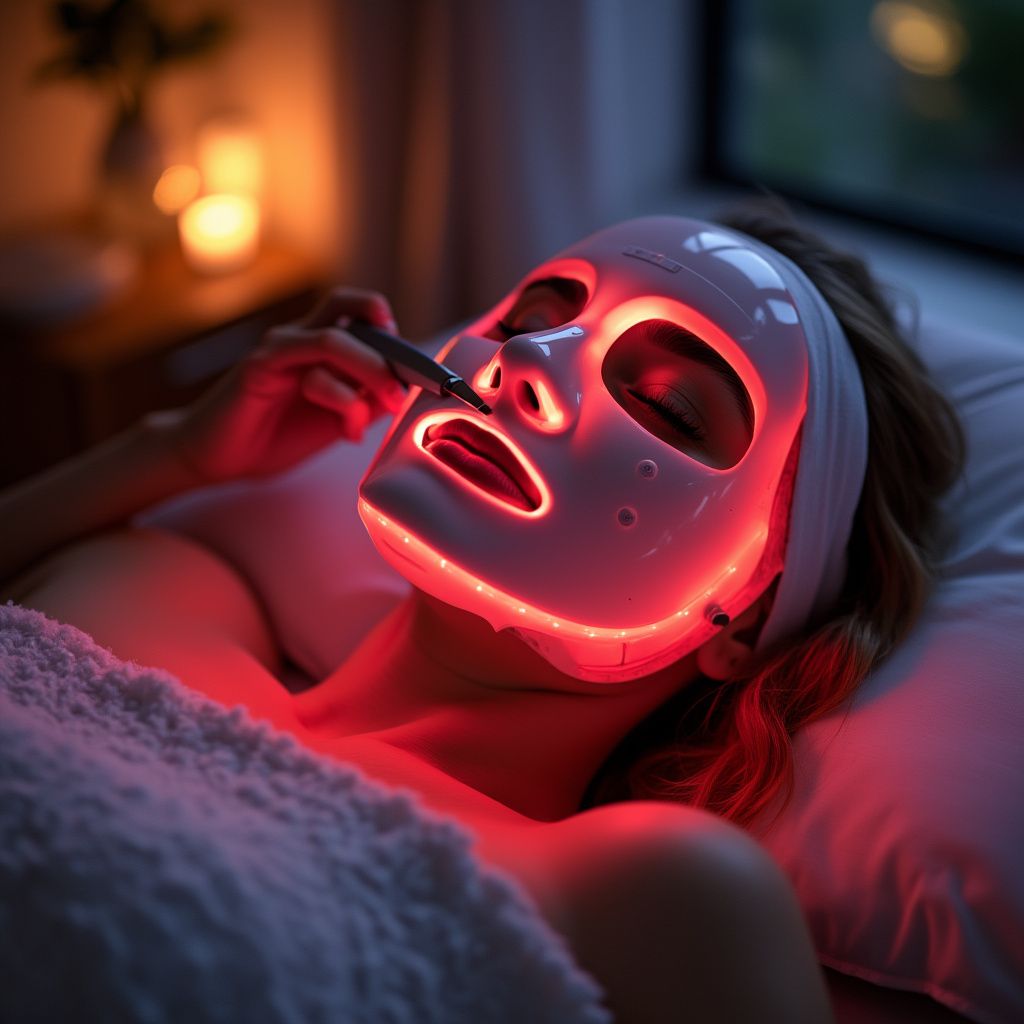
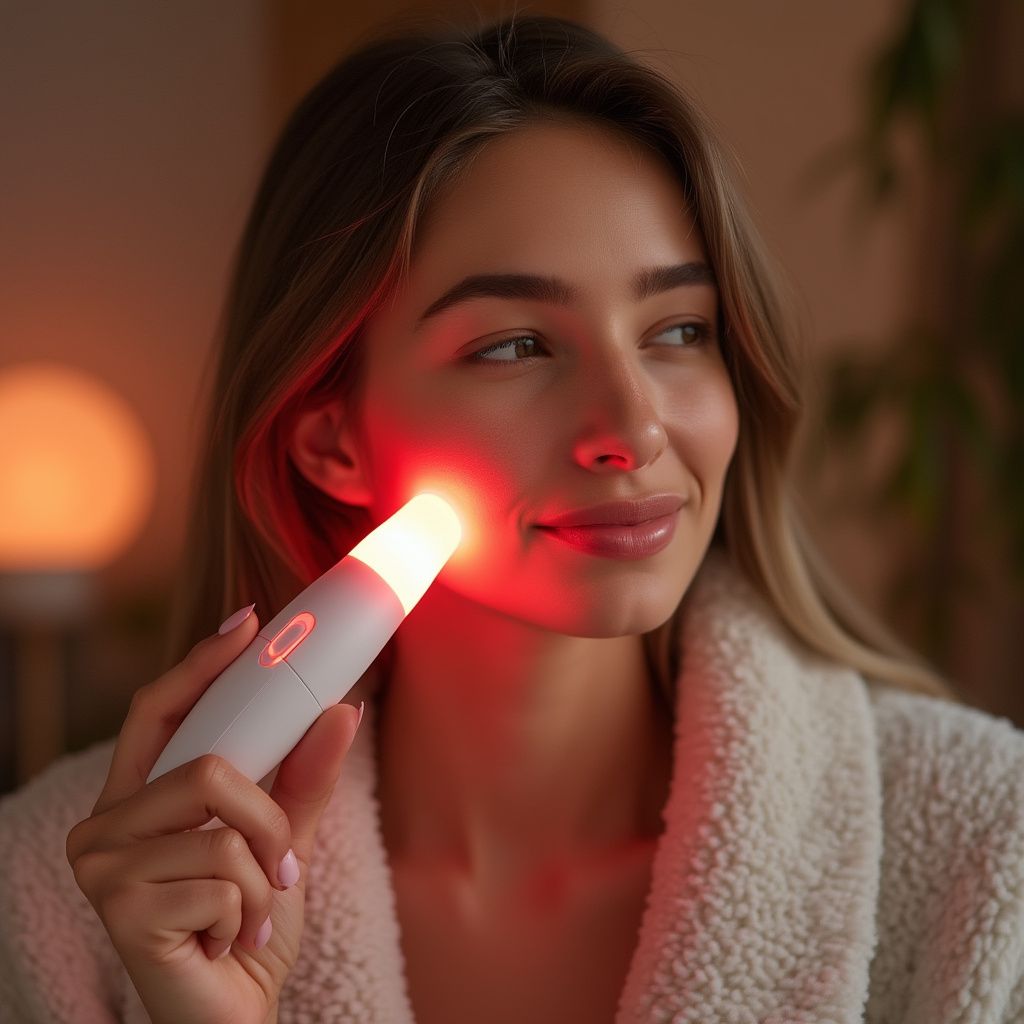
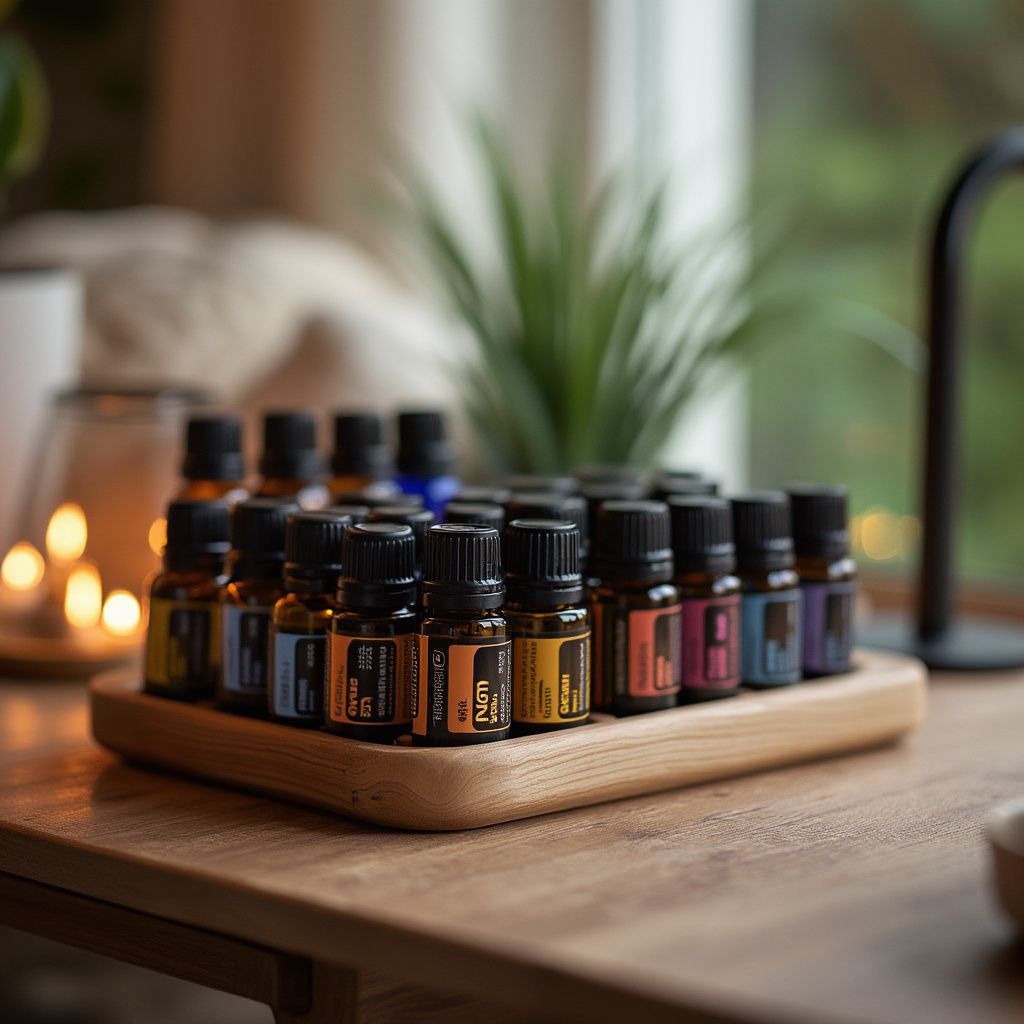
Leave a comment
This site is protected by hCaptcha and the hCaptcha Privacy Policy and Terms of Service apply.